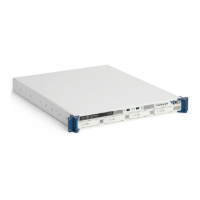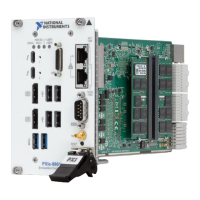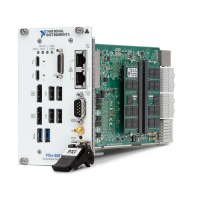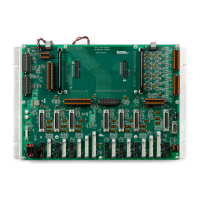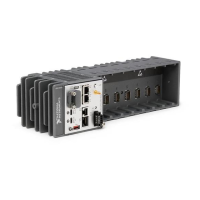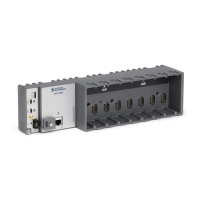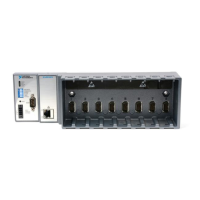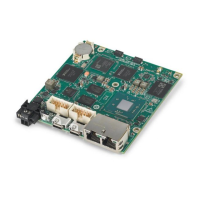2-24 | ni.com
Chapter 2 Installation and BIOS Setup
Tr u s t e d C o m p u t i n g Configuration
Security Device Support
If this feature and the TPM jumper on the motherboard are both set to Enabled, onboard
security devices will be enabled for TPM (Trusted Platform Module) support to enhance data
integrity and network security. Reboot the system for a change on this setting to take effect.
The options are Disabled and Enabled.
TPM State
This feature changes the TPM State. The options are Disabled and Enabled.
Note The system will restart to change the TPM State.
Pending TPM operation
Use this item to schedule a TPM-related operation to be performed by a security device for
system data integrity. Your system will reboot to carry out a pending TPM operation. The
options are None and TPM Clear.
Device Select
Use this feature to select the TPM version. TPM 1.2 will restrict support to TPM 1.2 devices.
TPM 2.0 will restrict support for TPM 2.0 devices. Select Auto to enable support for both
versions. The default setting is Auto.
The following are informational status messages that indicate the current TPM State:
• TPM Enabled
• Status TPM Active Status
• TPM Owner Status
TXT Support
Intel TXT (Trusted Execution Technology) helps protect against software-based attacks and
ensures protection, confidentiality and integrity of data stored or created on the system. Use this
feature to enable or disable TXT Support. The options are Disabled and Enabled.
iSCSi Configuration
iSCSI Initiator Name
This feature allows the user to enter the unique name of the iSCSI Initiator in IQN format.
Once the name of the iSCSI Initiator is entered into the system, configure the proper settings for
the following items:
• Add an Attempt
• Delete Attempts
• Change Attempt order
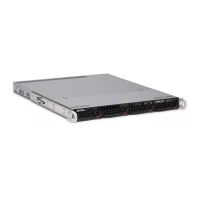
